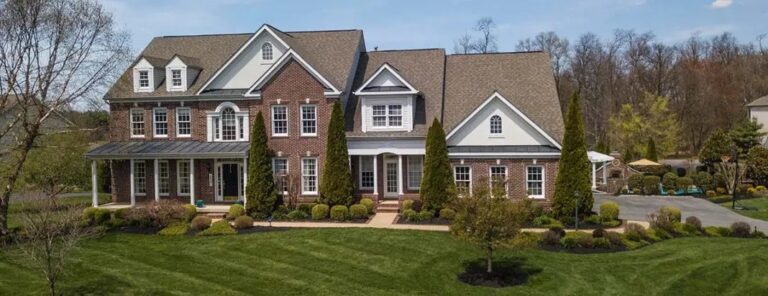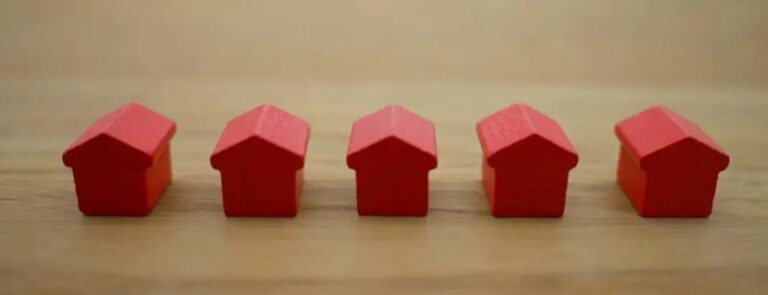What comes to mind when you hear the term reverse mortgage? What do you think of when someone says reverse mortgage? Although it may seem a bit lame, this is only partially true. Reverse mortgages are loans where you get money without having to pay. Home equity can be a huge asset for people over the age of 62. Mortgage centers pay homeowners incentives and remuneration for lending a portion of their equity. Reverse mortgages can help with routine expenses, medical costs or financial stress.
What is a reverse mortgage?
Reverse mortgages are complex for most people, and that’s okay. There are complications. Let’s simplify it.
Who gets the money
In a normal mortgage, you must pay your lender in monthly installments, plus all the costs that come with it. This includes taxes, insurance, premiums, and other fees. In a reverse-mortgage, however, you are paid by the lender. The payment will be based on the equity in your home. The loan is based on the value of your home.
What Does It Do?
You can choose to receive payments in monthly installments or fixed credit deductions. Or, you can get a lump sum upfront. You may have a question in mind. How can the loan be balanced if you are being paid by the lender? The answer is simple, because the equity in the home is the amount of the loan. The house equity is reduced by the loan amount, as well as the insurance premiums and other charges.
What is the Reverse Mortgage?
Once the owner leaves, dies, or wants to secure their home conditionally, they are liable. Owners can pay the full amount of their loan in cash. Home equity is used to settle the loan. If the owner is still alive, the remaining amount will be passed on to their heirs. According to the Federal Trade Government, reverse mortgages are not taxable. Your social and Medicare benefits are protected. The owner retains the title, while the bank or lending institution only holds the amount of the loan consumed over the entire period.
What is the downside of a reverse mortgage?
Although it may appear luscious, not everything is true. The reverse mortgage is no exception. Let’s look at each negative aspect of a reverse loan.
How is the loan split?
The loan amount is proportional to its term. The longer the loan term, the greater the equity consumption, meaning that you will have less to claim at the end. The loan, as well as the insurance, premiums, and other fees, can add up to a significant amount.
Reverse Mortgage after Death
People over 62 are less concerned about themselves and more worried about what is left. Due to the repayment of the loan, the heirs will have less equity at the end of the day. The house may still belong to the heirs but the condition of ownership could be the repayment of the loan. After a bank claims its assets, it might not be the best place to live.












+ There are no comments
Add yours